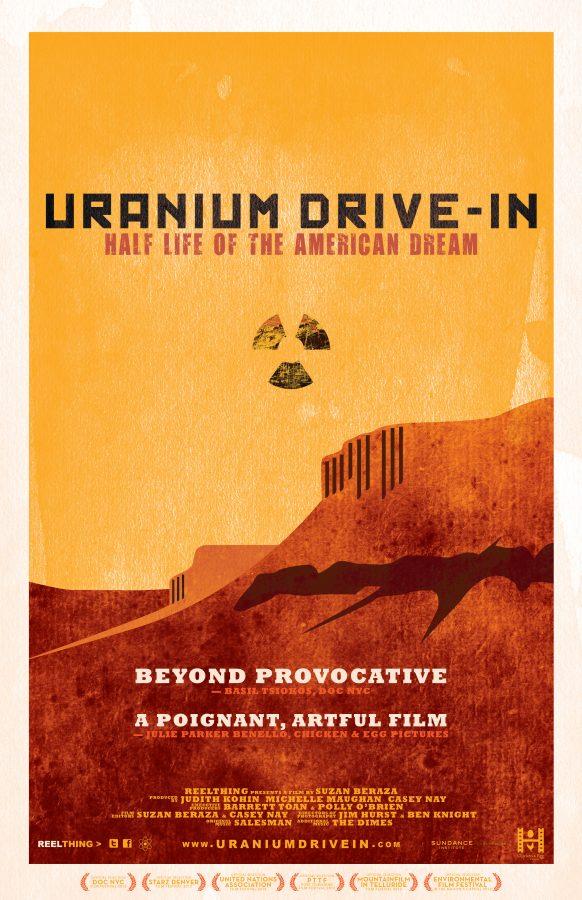Suzan Beraza’s documentary “Uranium Drive-In” follows one community as it considers turning to nuclear energy to solve its economic crisis. The film takes viewers to Naturita, Colo., a small, rural town in dire economic straits. The search for solutions to the town’s economic woes quickly becomes a complex debate, as one potential solution comes in the form of a controversial proposal to construct a new uranium mill.
Those who welcome local nuclear-energy development argue that Naturita’s economic future depends on the extraction of uranium, while others argue that the health and environmental risks of mining radioactive uranium outweigh any possible benefits. The audience watches as those for and against nuclear energy engage in a heated tug-of-war; both sides claim to have the community’s best interests at heart and each side convinced of its own rightness.
On one side of the debate are the residents of Naturita. Struggling to make ends meet, they look to Energy Fuels Inc.’s proposed Piñon Ridge Uranium Mill as a possible solution. The mill comes with promises of jobs and the economic relief that Naturita’s residents so desperately need.
On the other side of the debate is the opposition, namely the environmental organization known as the Sheep Mountain Alliance (SMA). Based in the wealthy town of Telluride, Colo., the SMA is more skeptical of the proposed mill. Supported by the testimonies of those negatively impacted by local uranium mining in the past, the SMA questions the safety and the alleged environmental advantages of mining uranium.
In examining this debate, the film takes a distinctly objective approach, carefully presenting all perspectives. Interviewees include struggling families, environmental activists, former uranium workers, and Naturita’s mayor Tami Lowrance, who, over the course of the film, grapples with deep feelings of responsibility to her constituents. Each story is moving and each party’s frustration palpable.
“Uranium Drive-In” is both informative and aesthetically stimulating. The editing is clean and purposeful. Striking visuals depicting the scenic American West are seamlessly integrated with historical clips and interview footage. Shots of pastoral landscapes, vibrant wildflowers, and majestic canyons, capture the simplicity and serenity of life in the Colorado countryside. Scenes depicting the residents of Naturita, portray daily life in rural America as ordinary yet fascinatingly foreign. Complemented by a folk soundtrack, these images and the film’s overall cinematic construction serve to emphasize the film’s focus on the human experience.
“Uranium Drive-In” sheds light on individual experiences that are often overlooked when an issue is analyzed at the macro level. The film explores the intersections of economics, politics, and community, by showing the trying day-to-day realities of one western town. By exposing the challenges that the inhabitants of Naturita face, the film reveals the unfortunate fact that even the most seemingly obvious solutions are often never clear-cut as they may appear.
The University of Massachusetts Boston Film Series will be hosting a screening of “Uranium Drive-In” followed by Q&A with director Suzan Beraza on Thursday, Feb. 13 at 7 p.m.

